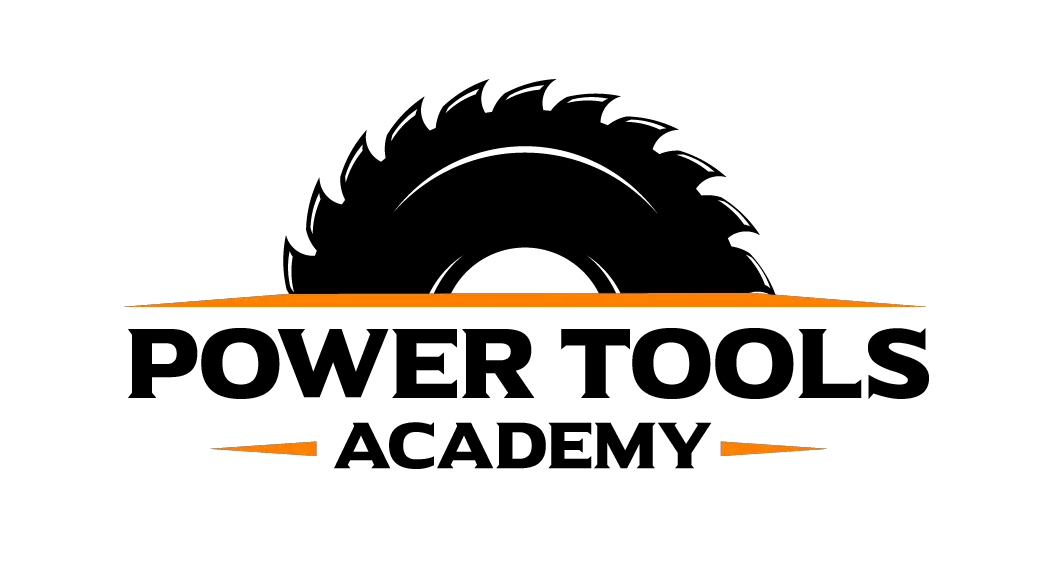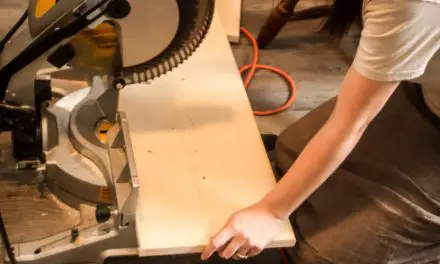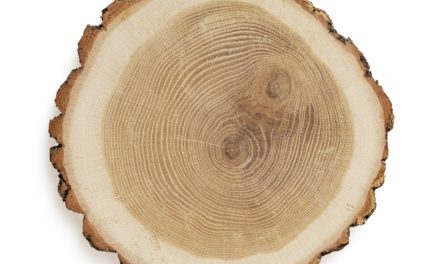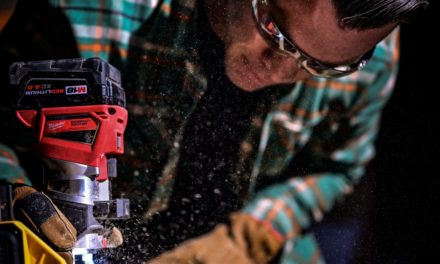There are many types of saw blades on the market for various uses. Such as wood, metal, masonry, plastic, acrylic, vinyl, bone, and any other material you can think of.
The general rule regarding saw blades is that the more teeth there are, the smoother the cut, and the fewer teeth there are, the faster the cut. Different materials, tools, and other factors can change this, but this is generally true.
No matter what material you need to cut and in which direction you want to cut it, there is probably a saw blade made especially for that purpose.
Which Saw Blade Makes The Smoothest Cut?
The more teeth a saw has, the smoother it will cut, and the less tear out there will be. Tear out is when you are cutting material, and the saw causes it to fray or tear when it cuts.
You should consider these things when choosing a saw:
- Direction of fibers in the material being cut (crosscutting or rip cutting)
- Number of teeth
- Type of material being cut
- Blade Kerf (width of the saw blade itself)
It is important to have the correct saw for the right job. However, they sell combination saws that are like jack-of-all-trades and can be used for most materials.
The Right Saw Blade for the Job
Since there are so many different materials and material-specific saw blades, there are a few factors when considering which blade is best for the job.
You’ll also want to consider the brand you’re going to buy. Many brands, such as DeWalt, can last a very long time.
Cross-cutting vs. Rip-cutting
Wood grain is the direction the fibers grew while it was still a tree. Depending on if you are cutting with the grain or against the grain.
If you are rip-cutting, you are cutting the wood along or with the grain. This means that the saw will run parallel to the grain lines in the wood.
If you are rip-cutting wood or cutting with the grain, you want a rip saw blade with fewer teeth for optimal results.
If you are cross-cutting, you are cutting the wood perpendicularly or against the grain. This means you are cutting a line across the grain lines in the wood.
When crosscutting wood or cutting against the grain, you want as many teeth as possible to create the smoothest cut and avoid wood splinters and tear out.
Both cross-cutting and rip-cutting can be achieved through a combination saw blade. A combo saw blade has more teeth than a rip saw blade and fewer teeth than a crosscut saw blade.
Number of Teeth on the Saw Blade
The teeth are the separate little cutting edges on the cutting edge of a steel saw blade.
The more teeth, the smoother the cut. The fewer teeth, the faster the cut.
Cross-Cutting Saw Blades
Cross-cutting blades are best for cutting against the grain in wood. They typically have around 50 teeth on 10-inch blades and 60 teeth on 12-inch blades.
| Saw | Number of Teeth | Type of Cutting |
| Freud 10” Thin Kerf Ultimate High Production | 80 Teeth | Cross-cutting, against the grain |
| Rockport 10” Table Saw Blade. | 80 Teeth | Cross-cutting, against the grain |
When you need a smooth cut, a cross-cutting saw is more often than not the best option.
Rip-Cutting Saw Blades
Ripping is when you are cutting along (with) the grain in wood. They typically have 24-30 teeth on 10-inch blades and 40 or fewer teeth on 12-inch blades.
| Saw | Number of Teeth | Type of Cutting |
| Wen 10” Carbide-Tipped Professional Blade | 40 Teeth | Ripping, with the grain |
| Freud Heavy-Duty Rip Blade | 24 Teeth | Ripping, with the grain |
It is best to use ripping to trim down larger Freud Heavy-Duty Rip Bladeeces of wood into more manageable pieces.
Combination Saw Blades
A combination saw blade generally has fewer teeth than a cross-cutting blade and more teeth than a ripping blade. They usually have 60 teeth at 10-inch and 80 teeth at 12 inches.
| Saw | Number of Teeth | Type of Cutting |
| Diablo by Freud 10” Fine FInish Blade | 60 Teeth | Both ripping and cross-cutting |
| Luckyway 2-pack 10” Blades | 60 Teeth | Both ripping and cross-cutting |
The combination saw blade is a good choice for an amateur or home woodworker that doesn’t require multiple blades because of the infrequency of their projects.
Type of Material Being Cut
Different materials will need a different blade for a smooth cut.
Depending on the hardness and type of material, you can choose different blades for the job.
Regular Tooth
A saw blade with regular teeth is good for common materials such as wood, vinyl, and even metal saw blades are available.
Variable Pitch
Variable pitch saw blades have saw teeth where the pitch of the teeth varies and isn’t uniform.
This minimizes vibrations and allows for smoother cuts for different shapes.
Hook Tooth
A hook-tooth saw blade is used for cutting ferrous and soft metals.
It can also be used to cut wood and plastic. It has a deep gullet which makes it perfect for these applications.
Skip Tooth
A skip tooth saw blade has a more flattened gullet. This allows for larger chips when cutting and is perfect for softer materials like plastic and softer wood.
Blade Kerf
The blade’s kerf is the thickness of the saw blade. It is important to consider this when figuring out how much material will be removed by the saw.
An 80” length of wood can’t be cut into two perfect 40” lengths due to the amount of wood taken out by the saw blade. The larger the kerf, the larger the amount of wood taken out.
Gullet
The gullet of the saw blade is the space in between each tooth of the saw blade. A deeper gullet allows for quicker removal of wood chips when cutting.
Having a deeper gullet on a rip saw blade is also important, as the chips being taken out tend to be larger than when cross-cutting against the grain.
Conclusion
If you are trying for the smoothest cut, you should opt for as many teeth as you can on the saw you are attempting to use that is rated for the material you are cutting.
You should also be aware of the kerf and gullet of the blade so that it matches the material you are cutting.





